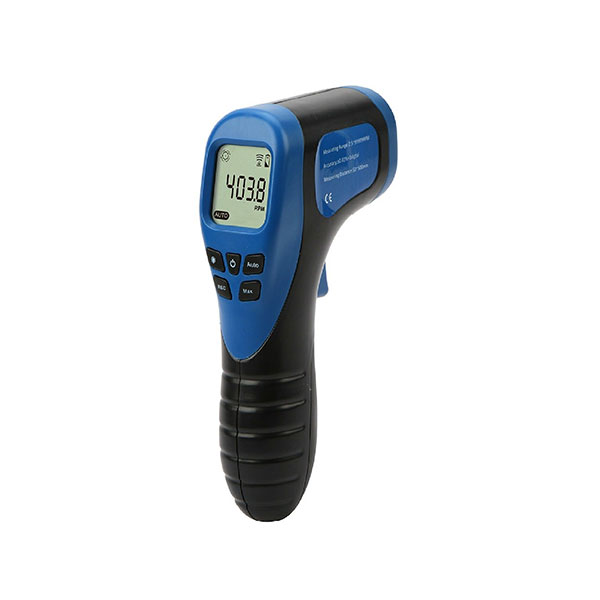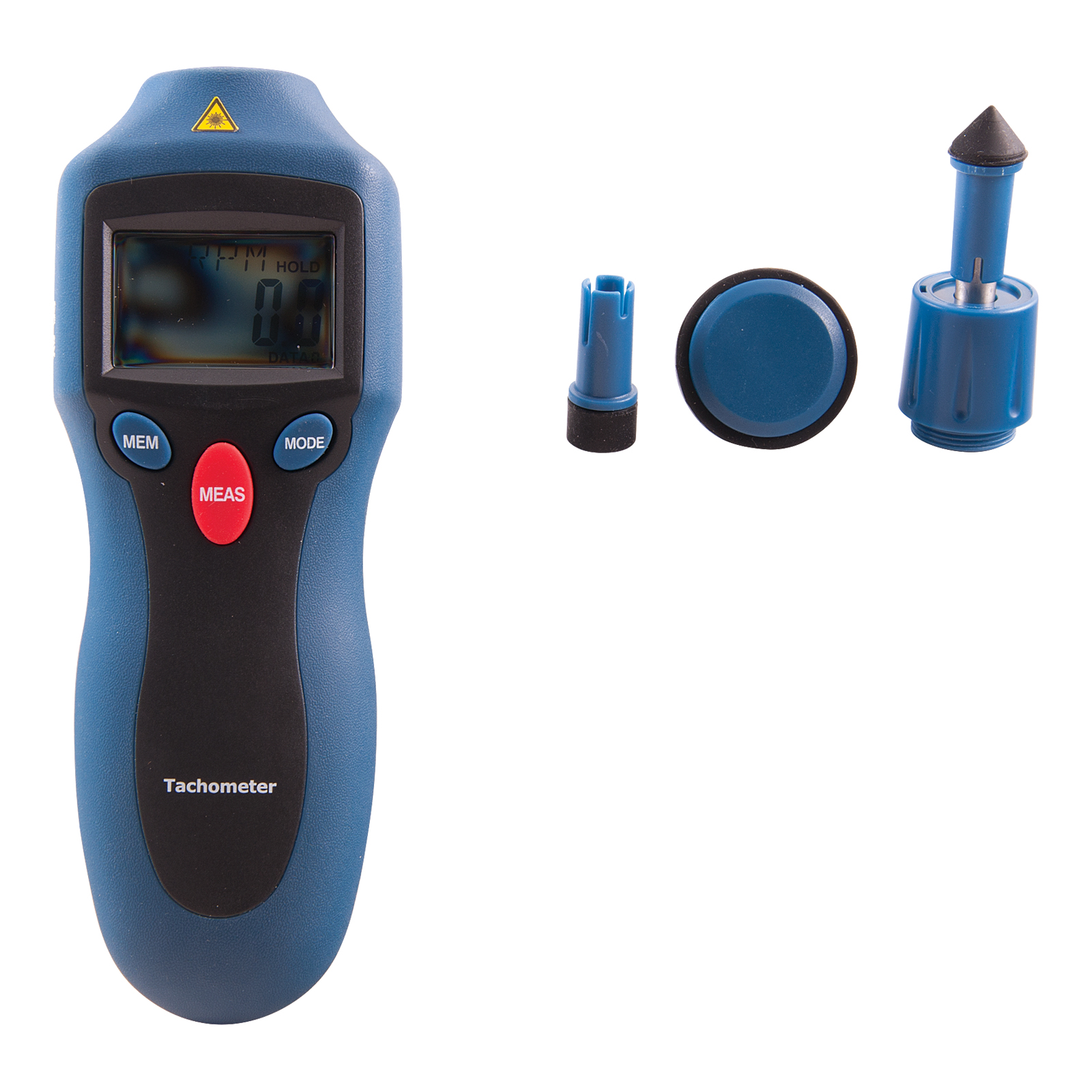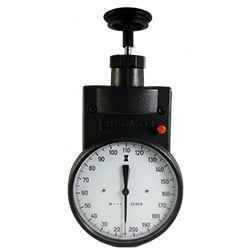Comprehensive Overview to Recognizing and Making Use Of a Tachometer Effectively
Comprehensive Overview to Recognizing and Making Use Of a Tachometer Effectively
Blog Article
The Significance of a Tachometer in Keeping Track Of Engine Rate and Performance in Automotive Applications
In the world of automotive engineering, the tachometer stands as a pivotal instrument in the driver's collection, providing a direct window right into the internal operations of a car's engine. Past its feature as a plain gauge of transformations per minute (RPM), the tachometer offers as a critical device for fanatics and professionals alike, offering real-time insights into engine performance and health. Understanding the significance of this device goes beyond surface-level observations, delving into the intricate relationship between engine speed, power output, and overall driving experience. As we explore the complex duty of the tachometer in auto applications, a much deeper admiration for its influence on automobile characteristics and effectiveness begins to emerge.
Importance of Keeping Track Of Engine RPM
Keeping track of engine RPM, or changes per minute, is an essential aspect of vehicle maintenance and performance analysis. Engine RPM directly associates with the rate at which the engine's crankshaft turns, indicating how swiftly the engine is running.
Additionally, monitoring engine RPM is important for performance examination in auto racing and high-performance automobiles. In summary, keeping an eye on engine RPM is not only vital for finding problems yet additionally for maximizing engine efficiency in numerous automotive applications.

Benefits of Real-Time Data
In vehicle applications, real-time information plays a critical role in providing instant insights into the performance and condition of the vehicle. By continuously keeping track of different specifications such as engine speed, temperature, fuel usage, and a lot more, real-time information provides various benefits that add to boosted effectiveness and security when driving.
Additionally, real-time information helps with efficiency optimization by supplying immediate responses on driving practices and engine efficiency. Motorists can adjust their actions in real-time based on this info to achieve much better gas economic climate and prolong the lifespan of their vehicle.

Furthermore, real-time information plays an important duty in contemporary automobile diagnostics, making it possible for professionals to swiftly diagnose and attend to malfunctions. This causes lowered downtime, lower maintenance expenses, and inevitably, improved total automobile reliability and durability (tachometer). By harnessing the power of real-time data, auto stakeholders can make informed decisions that favorably impact both the performance and long life of the vehicle
Influence On Equipment Shifts
The tachometer plays an essential role in enhancing gear shifts by supplying real-time engine rate information to the motorist. When coming close to the redline on the tachometer, it signifies the vehicle driver to upshift to protect against over-revving the engine and causing potential damages.
Moreover, the tachometer aids in achieving smoother equipment changes, specifically in hand-operated transmissions. By monitoring engine speed, vehicle drivers can implement equipment changes at the ideal RPM variety, decreasing jerking motions and minimizing wear on the transmission parts. This accuracy in equipment modifications not only enhances driving comfort yet additionally adds to fuel efficiency.
Enhancing Fuel Efficiency
Given the critical duty the tachometer plays in maximizing gear shifts for efficiency and engine wellness, it straight contributes to making the most of fuel performance in automotive applications. By providing real-time responses on engine rate, the tachometer assists drivers in keeping one of the most effective RPM Visit Your URL variety for gas economic climate. When drivers consistently keep an eye on the tachometer and adjust their driving routines accordingly, they can stay clear of unnecessary gas usage caused by over-revving or carrying the engine.
Additionally, the tachometer aids chauffeurs recognize the most fuel-efficient gear to be in at any given minute, protecting against the engine from working more difficult than needed. In verdict, the tachometer serves as an important device in boosting fuel efficiency by promoting optimal driving habits and determining locations for renovation in the vehicle's performance.

Maximizing Engine Durability
The tachometer's duty in monitoring engine speed and efficiency contributes in making certain the long life of vehicle engines. By find out here using the tachometer efficiently, motorists can enhance engine longevity through conscious RPM monitoring. Constantly revving an engine expensive can result in extreme deterioration on important parts, such as the pistons, shutoffs, and bearings. With time, this can result in decreased engine performance and potential malfunctions. Monitoring the tachometer allows drivers to remain within the suggested RPM range for their vehicle, avoiding unnecessary strain on the engine and extending its lifespan.

Verdict
In conclusion, the tachometer plays an important function in checking engine speed and performance in automobile applications. By providing real-time information on RPM, it permits effective equipment changes, boosted gas efficiency, and taken full advantage of engine durability. This device is crucial for preserving optimal engine efficiency and making sure the total functionality of a vehicle.
Report this page